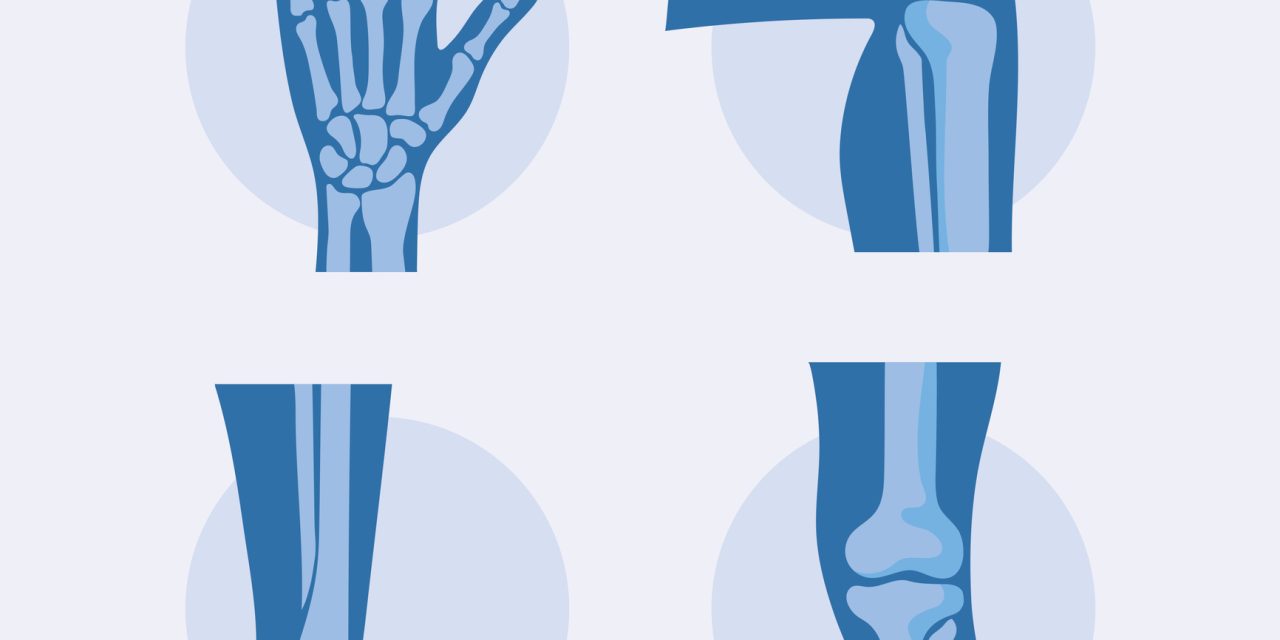Musculoskeletal pain is a risk factor for leaving the labour market temporarily and permanently. While the presence of multi-site pain increases the risk of disability pension, we lack detailed knowledge about pain intensity as a risk factor. This study investigated the association between musculoskeletal pain intensity in different body regions and risk of future disability pension among eldercare workers.
Eight thousand seven hundred thirty-one female eldercare workers replied to a questionnaire on work and health in 2005 and were followed for 11 years in the Danish Register for Evaluation of Marginalization. Time-to-event analyses estimated hazard ratios (HR) for disability pension from pain intensities (0-9 numeric rating scale (NRS)) in the low-back, neck/shoulders, and knees during the previous 3 months. Analyses were mutually adjusted for pain regions, age, education, lifestyle, psychosocial work factors, and physical exertion at work.
During 11-year follow-up, 1035 (11.9%) of the eldercare workers received disability pension. For all body regions among all eldercare workers, dose-response associations were observed between higher pain intensity and risk of disability pension (p 2 on NRS in the low-back, neck/shoulders, and knees, respectively, indicating that 15.5, 23.2, and 9.6% fewer eldercare workers would likely receive disability pension if the pain intensity was reduced to 2 or less. For workers ≤45 years and > 45 years, PAR was highest for neck/shoulder pain (27.6%) and low-back pain (18.8%), respectively.
The present study found positive dose-response associations between pain intensity in the low-back, neck/shoulders, and knees, and risk of disability pension during 11-year follow-up. Moderate to very high levels of musculoskeletal pain in eldercare workers should, therefore, be considered an early warning sign of involuntary premature exit from the labour market. These findings underscore the importance of preventing, managing, and reducing musculoskeletal pain to ensure a long and healthy working life.
© 2021. The Author(s).
Musculoskeletal pain intensity in different body regions and risk of disability pension among female eldercare workers: prospective cohort study with 11-year register follow-up.


